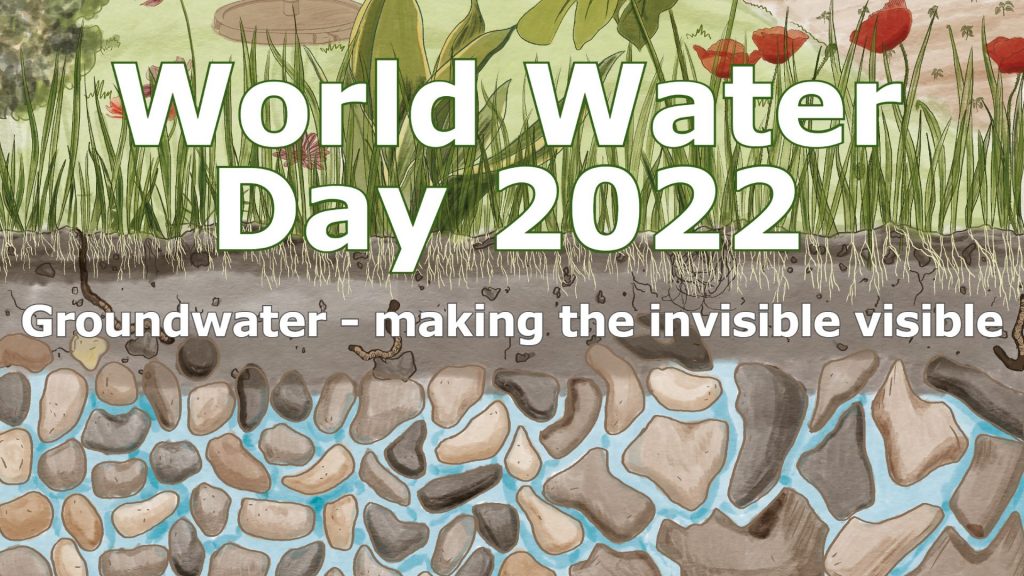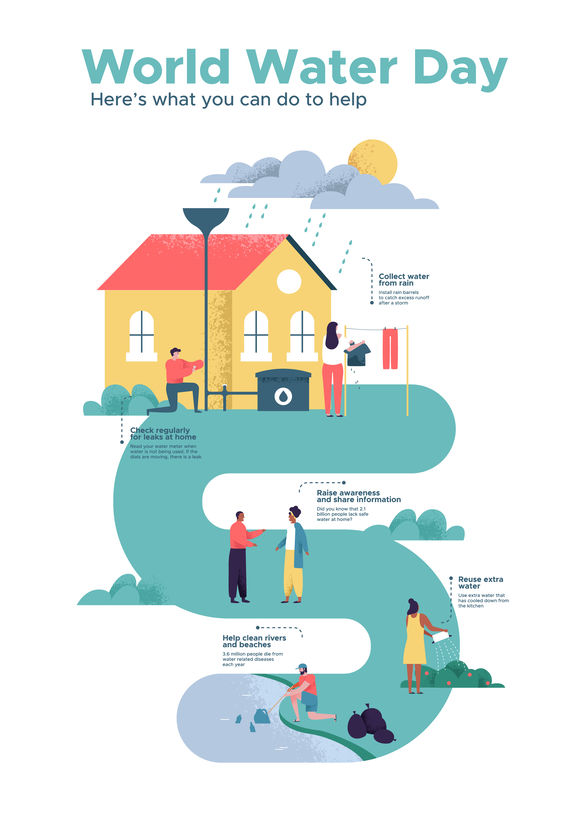World Rivers Day is a celebration of the World’s Waterways! It highlights the many values of our rivers, strives to increase public awareness, and encourages the improved stewardship of all rivers around the world. Rivers in virtually every country face an array of threats, and only through our active involvement can we ensure their health in the years ahead.
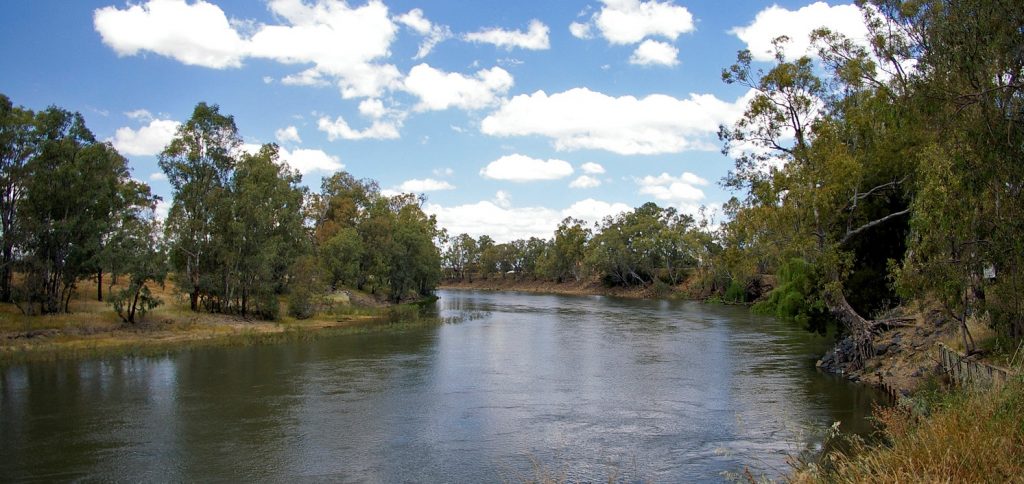
Australia has 439 rivers, many of these rivers are quite small and are tributaries that flow into larger rivers.
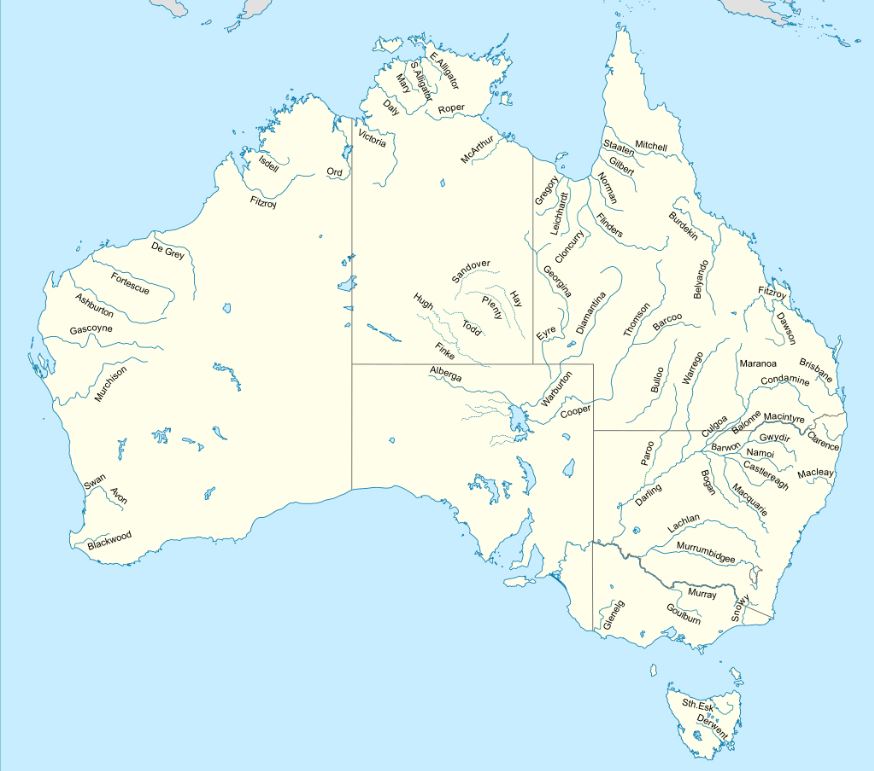
Celebrate World Rivers Day with me for Riverfest. Riverfest is the Parramatta River Catchment Group’s annual event – celebrating the Parramatta River and surrounding creeks and environment!

I will be delivering FREE live virtual excursions on Thursday 26 and Friday 27 September. If you are in Sydney you can join me at the Paint the River on World Rivers Day event at Paramatta Park on Sunday 29 September.
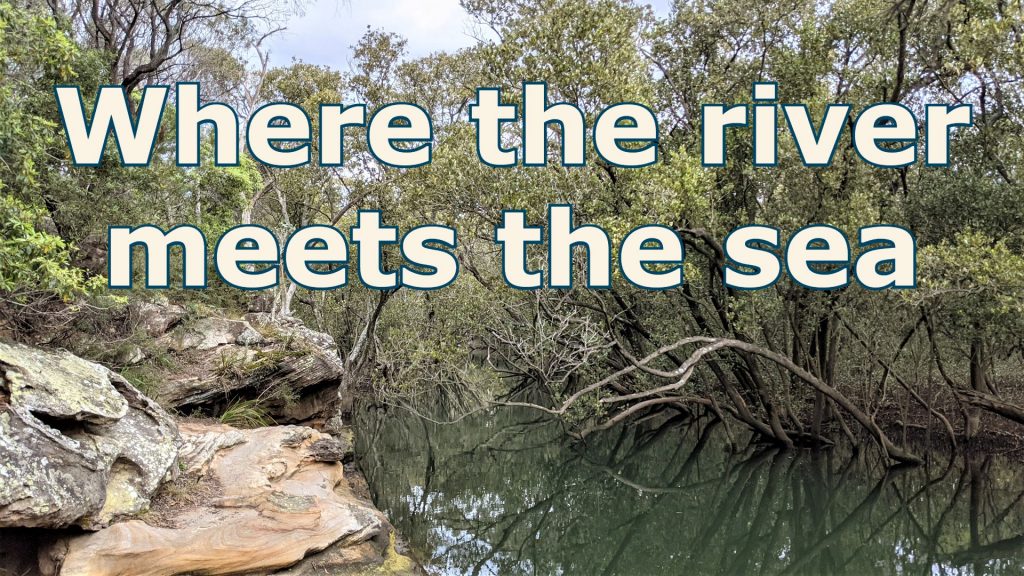
FREE live Virtual Excursion at 2pm on Thursday 26 September

Water and the Environment Trivia FREE live Virtual Excursion at 1pm on Friday 27 September
A river is a natural watercourse flowing towards an ocean, sea, lake or another river. In some cases, a river flows into the ground and becomes dry at the end of its course without reaching another body of water.
A catchment is an area where water is collected by the natural landscape. A catchment is usually surrounded by hills or mountains. Gravity causes rain, melting snow and other water in the catchment to run downhill where it flows into creeks, rivers, lakes and eventually the ocean. The water that seeps below ground and settles in the soil and the space between rocks is called groundwater.


